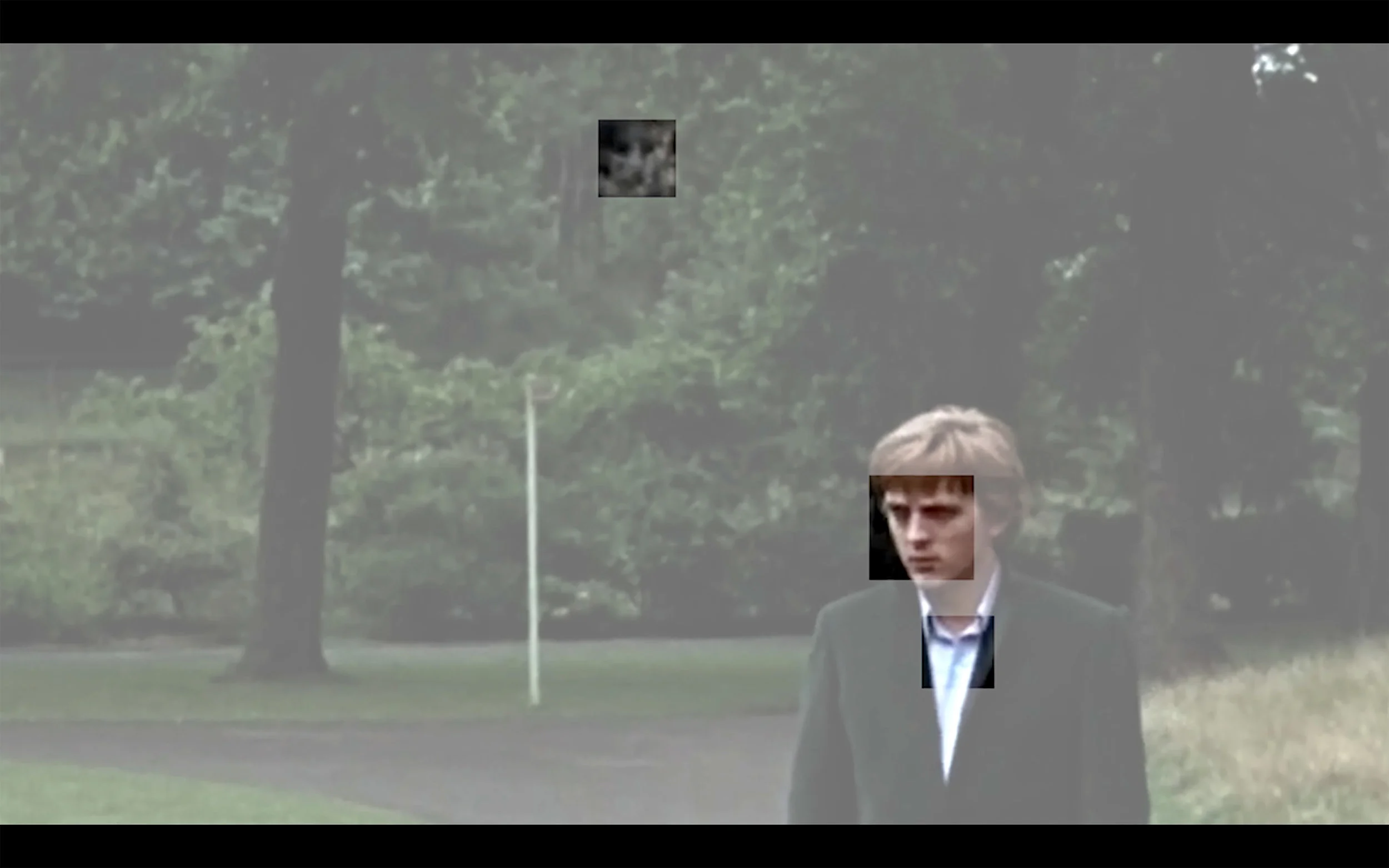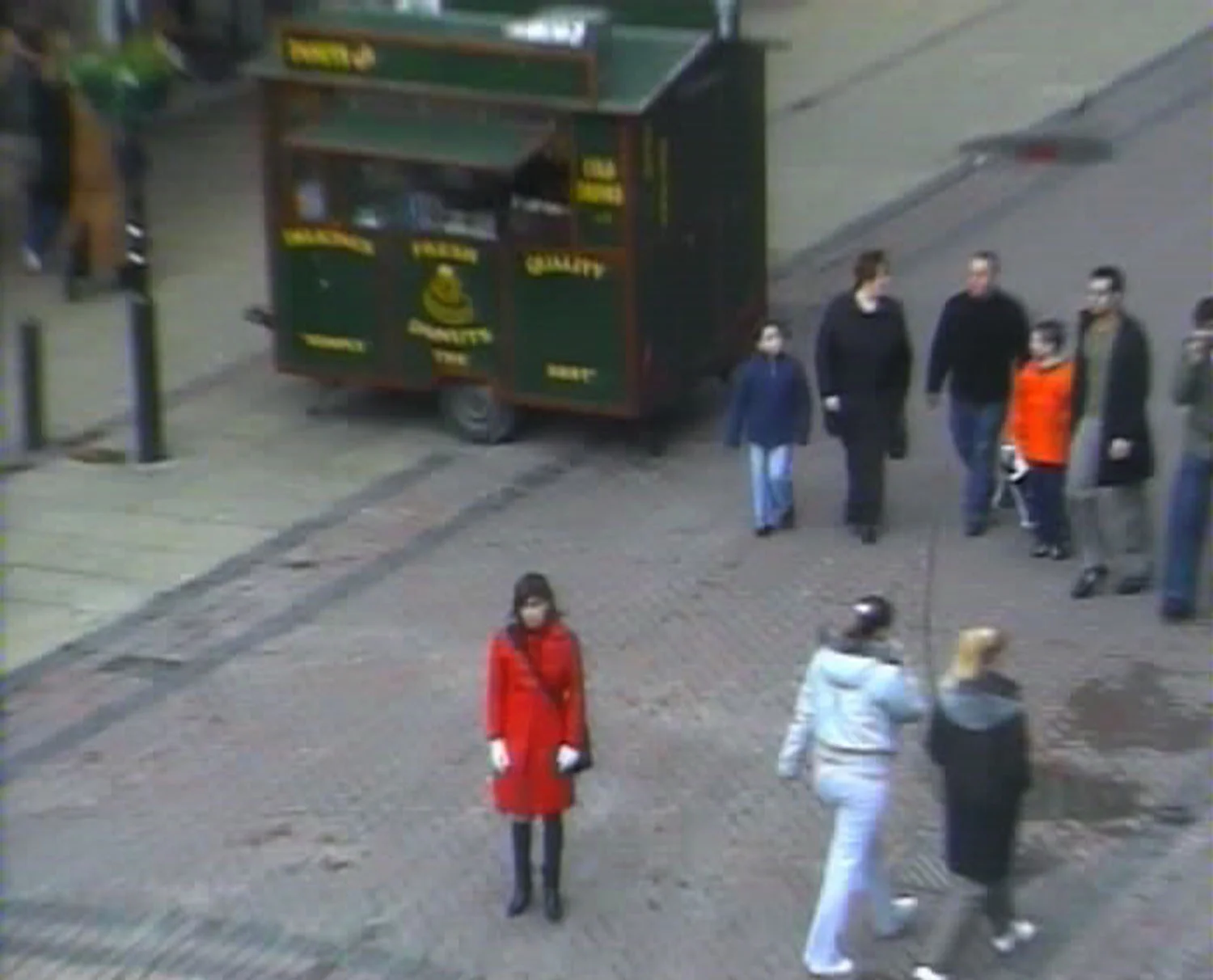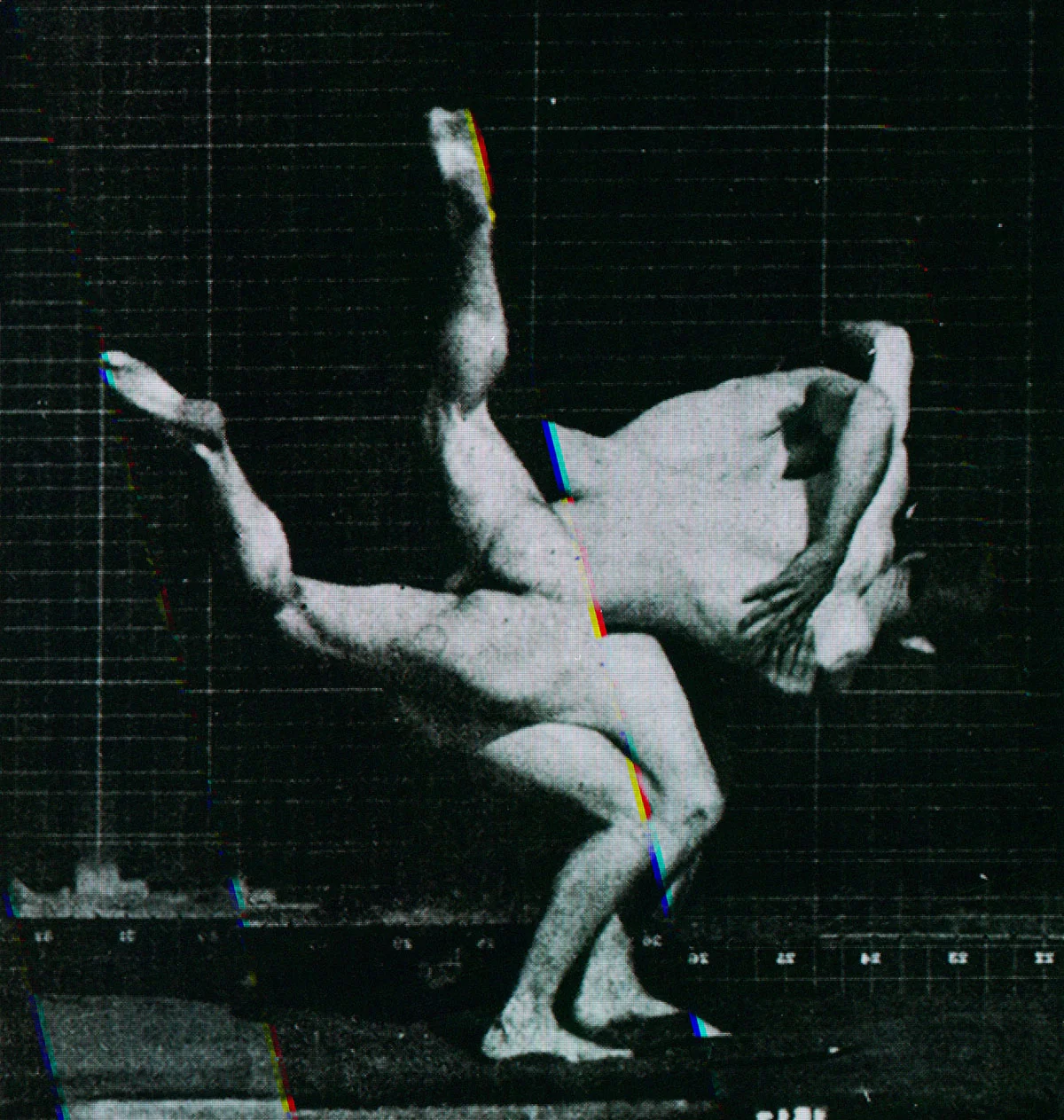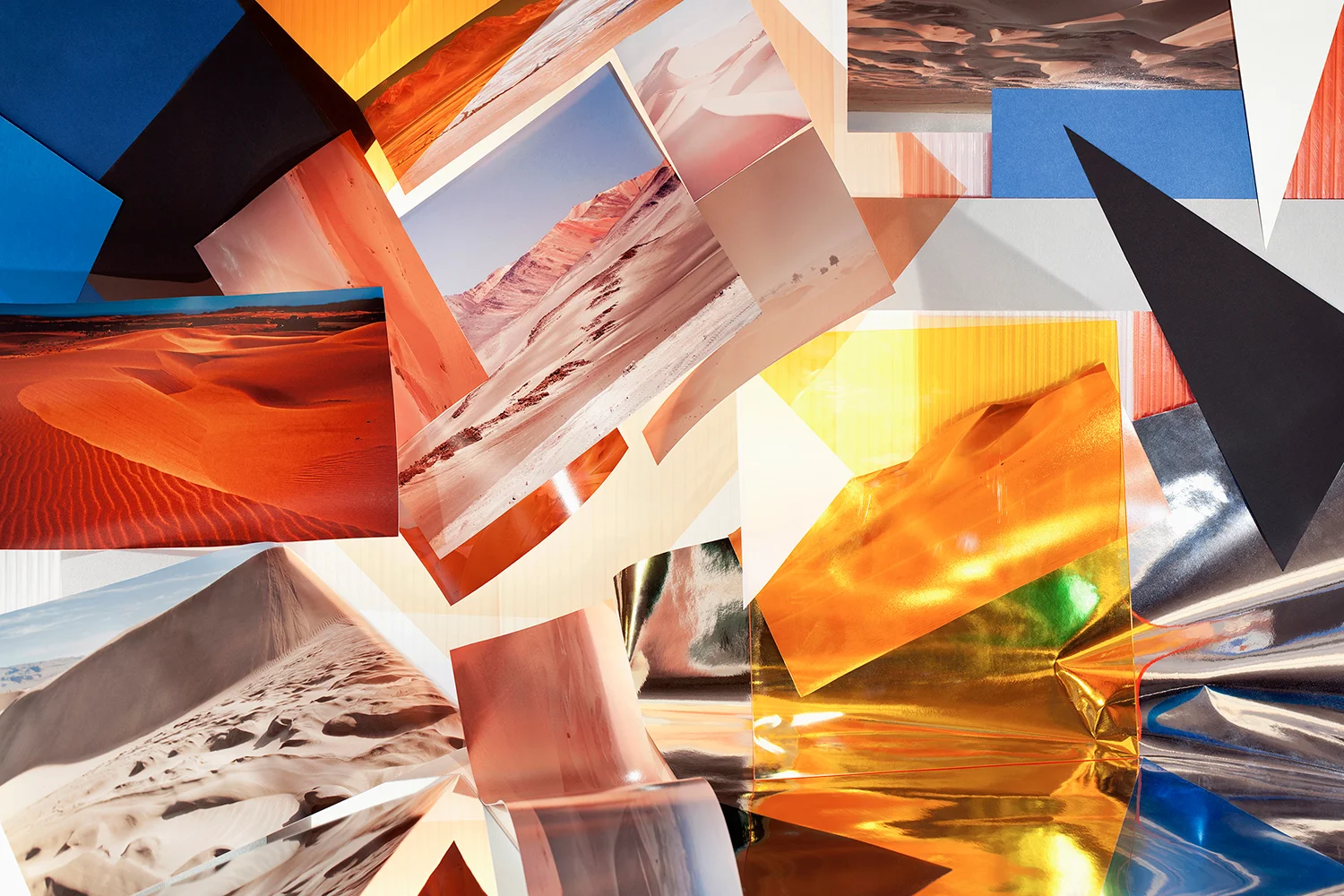Beautiful Mystery © Bubi Canal.
In June 2016, the International Center of Photography (ICP) reopened after a two-year hiatus. Now situated in a custom-designed site at 250 Bowery in Lower Manhattan, the Center announced its intentions as a 21st-century institution with the controversial exhibition Public, Private, Secret and a rotating curatorial program. Curator Charlotte Cotton fulfilled the first Curator-in-Residency position, collaborating with ICP staff and guest contributors to present a timely exhibition that considers the implications of self-representation and visibility in a visually saturated world. Cotton spoke with Roula Seikaly about the exhibition, the Aperture Summer Open as an extension of the Photography is Magic project, and the pros and cons of independent curatorial work.
Untitled, 1979 © Cindy Sherman. Courtesy of the artist and Metro Pictures
Roula Seikaly: Let's start with Public, Private, Secret, which is on view at the ICP through early January 2017. How did you settle on the subjects of surveillance and self-representation for the exhibition?
Charlotte Cotton: The subject of privacy was one that ICP director Mark Lubell was interested in as an exhibition thematic, and I thought that was really good. My proposal to ICP for the Curator-in-Residency aligned with Mark's idea and the institution's annual exploration of a single idea that's realized through three exhibitions. Photography and social change, which will be the subject next year, is the ICP mother load. 250 Bowery was opening half way through the year, so I thought that privacy was great because it could explored in one dense show, and I'm not sure you'd want to carry that forward for an entire year. The agreement that we had, and that everyone was comfortable with, was the idea that the new program would actively pick out a social theme and put that at the center and then deal with how photographic culture is implicated within that.
My Meds, From the Testament series, 2009. © Natalie Bookchin
RS: Privacy, self-representation, and public visibility are large and tightly-bound subjects to dive into. I'm wondering how any curator or group of curators would start to address it all. It's such a moving target, with so many points of entry to it. Could you talk about collaborating with Pauline Vermare (ICP Associate Curator), Marina Chao (ICP Assistant Curator) and Mark Ghuneim (Internet entrepreneur)?
CC: Indeed it is. And you know from your own practice that in curating, we tend to start very wide, and you become obsessed with the theme and begin to understand that it's everywhere. You start to realize that's one kind of thematic that you could be in the world with, and that somehow it all relates to what you're working on. Pauline and Marina each brought incredible intellectual and aesthetic strengths to the project. Pauline has a super poetic and metaphorical relationship to image-making and lead the way in working with objects from ICP's collection. Her perspective on the contemporary and post-Internet work is very different from Marina's. I was working one on one with Mark Ghuneim and David Reinfurt (independent graphic designer and co-founder of Dexter Sinister), who designed the real time feed.
Another slice through this is that we had a very open consultation process with our colleagues in the ICP School including Elizabeth Kilroy who runs the New Media Narratives year-long program, which is using new technologies and platforms for new modalities of storytelling. It's really at the cutting edge of thinking about documentary photography and where it's going in light of rapid fire technological advances. We worked with her students on the real time curation. The School was really great at bringing discursive exchange, and many pieces included in the show comes from those interactions. Marina and I went to Camera Work, which was set up by photographer Sarah VanDerBeek and Eva Respini (Chief Curator, ICA/Boston) in honor of Sarah Charlesworth who, in the 1980s, formed an all-woman photography group.
We met quite casually and might have had a piece of reading to consider, and we encountered some amazing artists and curators in that group. I took our project to the group, which was the first time somebody had brought a curatorial work in progress, and they really liked it and gave superb feedback and suggestions. Overall, the process was really great with Pauline and Marina. They definitely allowed me to be in charge, though I wanted us to have shared authorship. As Curator-in-Residence, I wasn't technically their boss, and we didn't have to follow the institutional pecking order. We did it together, and I think the exhibition reflects that.
Portrait Landscape (Video Still), 2015. © John Houck
RS: It sounds like a fantastic collaboration. What strikes me is that you are very outward facing as a curator, and that comes through in all of the projects that you put your hand to. There's a transparency that you strive for that many other, shall we say, rockstar curators don't. For them, success is measured in how their brilliance is displayed through artist or object choices and presentation strategies. Those shows are fun to look at, but sometimes it produces a muted presentation of the work itself. You reside at the opposite end of the spectrum, in that you're more interested in what the exhibition reveals when all is said and done. Is that a fair assessment?
CC: Yes it is! I mean, there's always challenges with collaboration. It's never straight-forward when you flatten the hierarchy entirely. This folds into one of your questions (when we first spoke) about some of the reviews Public, Private, Secret has received so far. I haven't read the criticism, though I know some of it is negative. I think part of that negative response comes from the challenge of trying to present in a flattened hierarchy. I'm really influenced by Paulo Friere's educational techniques, which is to say I'm not interested in producing or participating in museum experiences in which a well-funded patriarchal system imparts its wisdom and separates you from the world you live in. This show is actually about our intelligence is all we've got, and that's what we share.
To speak more fully to your question about criticism of the exhibition, it was hard for me to read because I have made an effort to avoid engaging with what are typical responses. This more than many, because the exhibition is so high profile and it's the opening of the new space. What I have read previously reads as typically boyish, this kind of stamping on something. I am so used to men telling me what my ideas are and what my ideology actually is. I have a very rigorous process, and I was and still am very invested in what ICP needs to be and how it needs to address the world and what it mustn't do when moving forward. To the "straining to be cool" accusation in one of the reviews, I say it IS cool.
The Revolutionary, from Spirit Is a Bone, 2013. © Adam Broomberg and Oliver Chanarin
RS: Exactly! It is cool, and there's nothing wrong with that!
CC: Right! In ICP, we've got some of the greatest, most capable of prototyping an idea or a vision group of people who do what they do for the 99%. Of course it activates language and ideas and spaces that "photo-photo" people don't go to. Easily one third of the show is in dialogue with post-Internet art and artists, and they recognize a lot of the signs and symbols within that show. ICP will continue to do shows for its traditional audience, which if membership is an accurate measure averages age 60. It will do the Magnum 70th anniversary show, it will do the Lauren Greenfield show, so it's not like there a total disregard for that. But to start with such low ambitions about who ICP is for, as the reviews of this show suggest I think, is terrible.
One of the reasons I haven't read the criticisms is really because I know what we did, and I know why we did it. We made a calculation that the worst criticism we would take would be that we worked really hard, and that we didn't quite make it. That's an acceptable criticism, given how much we had to accomplish in the new space. Everyone was so focused and worked with such dedication, and we saw the exhibition into the world. Those kind of criticisms, I feel that I understand them and where the come from, but they neither represent who the demographic of 250 Bowery is, and that includes old-timers or "photo-photo" people.
Dirty Windows Series #19, 1994, International Center of Photography, Gift of David and Kim Schrader, 2010. © Merry Alpern
RS: I think this leads into a larger question about institutional identity and if that is or isn't allowed to change over time. What are your thoughts on criticism of Public, Private, Secret as a measure of what ICP is and how it functions institutionally?
CC: For me, in reflection, what Public, Private, Secret does is that it signals that it's totally fine to do a Diane Arbus, and it's fine to do a monographic show of anyone essentially, but treat that as a historical model of how photographic exhibitions are mounted. Let's also give some space and time to thinking about how we talk about history, and how we talk about creative practice in this broader realm.
For some people, Public, Private, Secret represents the end of photography and photographic exhibitions. It's over. I can't pretend that Garry Winogrand and Sophie Calle are contemporary. They're not. They're historical. I think when the programming for the exhibition starts in the fall, it will become more holistic experience. I think the real time element demonstrates that the exhibition is generative, that it's changing all the time which, again, pisses people off who like to feel in control before they go on that journey. I'll take the flack, because what we provided at ICP is something that is democratic in the true sense. It's about the exchange and the number of entry points into this subject. I would much rather hold on to that than to a single definition.
Trust (video still), from Evidence Locker, 2004. © Jill Magid
RS: Absolutely. When ICP was founded, presenting photography as the ultimate democratic medium was a radical position to champion. It echoes the late 19th century arguments about photography as purely scientific, not artistic, or that it was the handmaiden of painting. Debates about the medium extend also, naturally, to institutions, ICP in this particular case. I think it comes down to whether or not institutions remains moored in their history, or if they move forward.
CC: Definitely! That's why I love photography; its broad terrain, its gray area. It means that it can never fully qualify itself as art, but it can be in service of really good things.
RS: I don't think we'll ever get to the end of that debate, which is a very good thing because as you mentioned, it's generative. You seem to be happiest working in that unknown space.
CC: Very much so. I'm really lucky to be in this interesting moment, and why not try to explore it as a curator?
Muybridge Motion Study Motion Study #12 ©William Miller,
RS: Let's pivot to the Aperture Summer Open 2016, which was an extension of the Photography is Magic project. Did that experience extend the theoretical or practical assertions about photographic practice that you make in the book?
CC: I was really hoping that Aperture would ask me to curate the Summer Open. The book is a very definite form as far as it's a grouping of artists, and it's tailored towards the audience and a shared knowledge of creating and viewing in a digital world. It's an interesting project, because it's not the normal way that I work. To make such a grand proposition of groupings, that's not what I do generally. But it felt important because it was an artist-lead moment. The Summer Open seemed like the next step for the idea of photography is magic, and I liked the idea of leaving it to artists to respond. The exhibition was a chance to expand the field and include artists who didn't make it into the book.
I think what I learned from it was that the aesthetic expands, and that artists really respond to ideas raised in the essay in that photographic work doesn't have to biographical. We are so used to reading photography as biography in order to trust it. That's an over-labored, old fashioned idea. At the opening, it was deeply satisfying to see artists come together in conversation, like kindred spirits. So, for me, it wasn't a theoretical expansion of photography is magic, it was an affirmation that a close circle of artists in dialogue with one another has a lot of merit.
Athabasca Glacier Smile, 2015. © Katie Shapiro
Untitled © Chris Maggio
Spotting #18 (Amy, Jessica) © Jessica Labatte
RS: Finally, let's talk about your curatorial practice. You've worked in an institutional museum context both as a full time employee and as a guest or curator-in-residence. What are the pros and cons to the two streams of work you do? What do you draw out of those different situations both personally and professionally?
CC: The real plus side of being a permanent member of museum staff are the collegiate relationships that emerge. I've been really lucky at the V&A (Victoria and Albert Museum, London), LACMA (Los Angeles County Museum of Art) and the Photographer's Gallery to form lasting friendships and support networks. I do miss that, but then being an independent curator also allows for more diverse opportunities, especially those that are artist-led. I can find that sustenance of working, good collaborative groups in the freelance life. It's obviously harder, but the benefits of freelancing over the last four years have included lots of moving around and wonderful opportunities to teach. It has forced me to set realistic but ambitious goals, from a time management perspective. You can take more risks, and resolve things more quickly, and that's a lovely skill set to develop. In a museum setting, you might never learn or have to learn a wider variety of tasks because it's not part of your job. I think that evened-up my curatorial muscles.
It's also allowed me to move between ideas, which I think is emotionally and professionally very healthy. It allows me to be social, and to do things in the present. And, as you know, work is so precarious these days. I am highly skeptical that I would feel secure, even if I did have a so-called "secure" job. Moreover, I'm fighting against an institutional tendency to put senior women curators out to pasture to make way for smart young men. I'd rather get my elbows out in the freelance world. The truth is, though, most institutions wouldn't consider me because I'm quite outspoken and transparent. At this deeply conservative moment, I'm hoping someone like me comes back into fashion and that I get to end my career with an institutional position, of course. For now, I'd rather look back at this moment and think that I did some really amazing and timely things.
Blank III © Niederhauser Schlup
Interview ©Deepanjan Mukhopadhyay
Desert Mirages © Anastasia Samoylova
Untitled © Patricia Voulgaris
Digital Clouds © Marco Scozzaro
This interview was edited for length.
Like this? Read about Charlotte Cotton's collaboration with Mossless Books
Public, Private, Secret is on view at the International Center of Photography through January 8, 2017. For more information about public programming and hours of operation, visit www.icp.org.
Charlotte Cotton is an independent writer and curator. Her 2016 exhibitions include ‘This Place’ at the Brooklyn Museum of Art; Public, Private, Secret, at the International Center of Photography; and ‘Photography is Magic’ at the Aperture Foundation. Her most recent book, ‘Photography is Magic’ was published by Aperture in September 2015 and is in its second edition. She is curator-in-residence at the ICP, NY and at the Metabolic Studio, LA where she is currently organizing a program of events to celebrate the legacy of the Woman’s Building, founded by Judy Chicago, Sheila Levrant de Bretteville and Arlene Raven.
Roula Seikaly is a writer and independent curator based in San Francisco. Her writing is featured on platforms including LensCulture, Saint Lucy, Strange Fire Collective, Temporary Art Review, SF Camerawork, and KQED Arts. She has curated exhibitions at the Utah Museum of Fine Arts, the Wattis Institute for Contemporary Arts, Triple Base Gallery, and SOMArts.
















